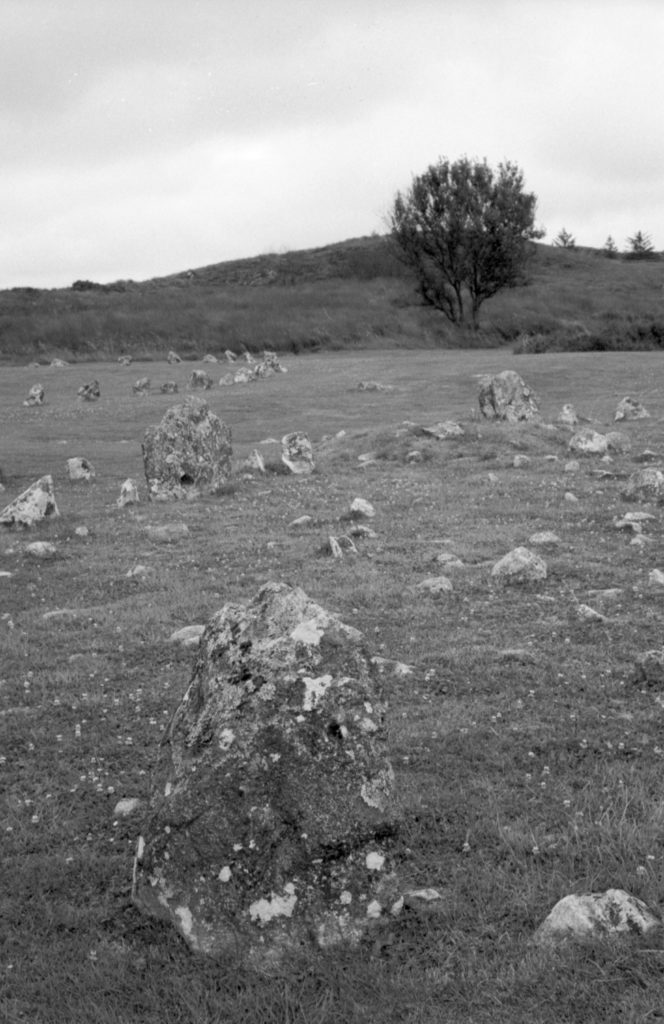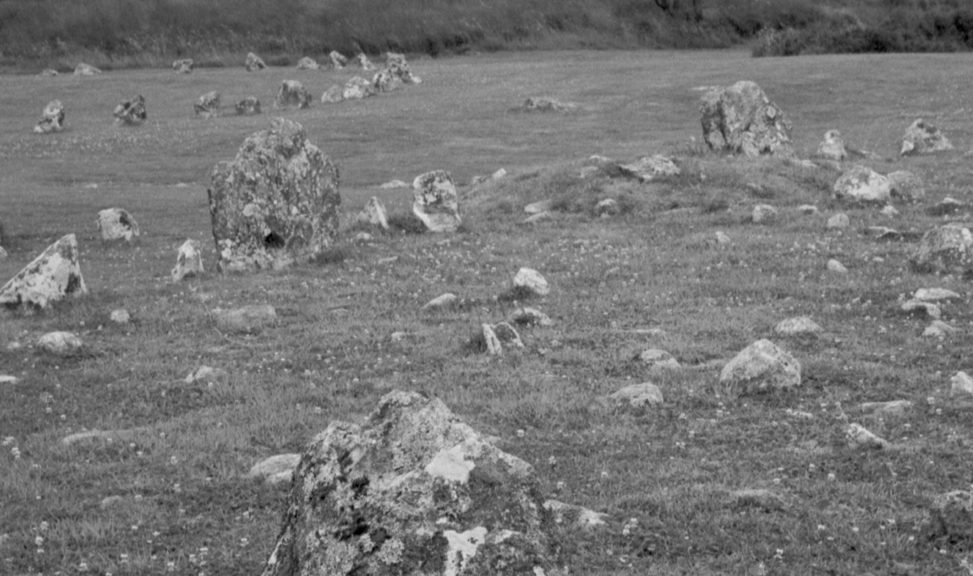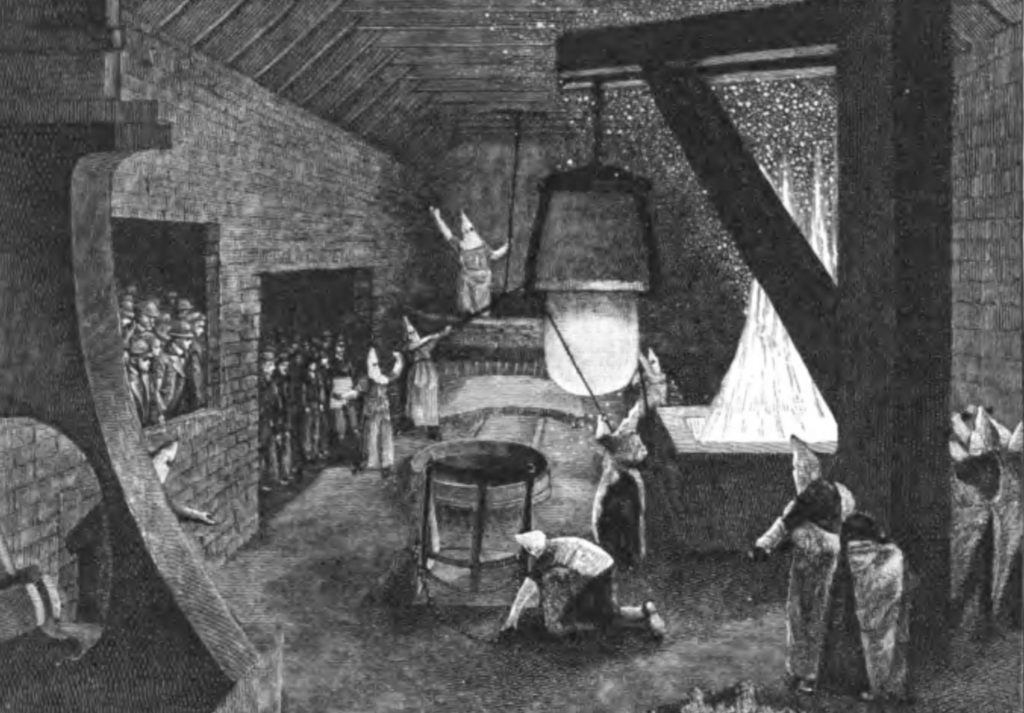It’s not so often that I see an Irish movie in the cinemas here in Paris. Much longer than I remember. So it was with interest that I went to see “Garage”, a film by Lenny Abrahamson and starring the well-know Irish actor Pat Shortt, which opened here last week.
The plot is minimal: Shortt plays Josie, a simple-minded petrol station attendant deep in Ireland. It’s very much a film in that favourite genre of mine, the “Inaction movie”. His service station is a fossil, a museum of 1950’s Ireland. Shortt lives in a dingy room in back and spends his evenings either at the small pub in town (where a few of the clients are needlessly cruel to him) or staring out across the fields. The station’s owner, we are told, is content to let it decay because he knows that it will only be a matter of time before it will more interesting, financially, to bulldoze the site and build houses. This is, after all, the new Ireland. One morning the station’s owner arrives with his girlfriend’s son, who is to help Josie at the station.
Josie has been working at this garage for a very long time, and has dug a very deep hole of solitude for himself out in the fields where his garage is. He is desperate to make friends, to strike a bond with someone, but he just can’t communicate what he thinks, and no-one really takes the time to listen to him. He is relentlessly cheerful and friendly to everyone, regardless of what they tell him. Josie develops a bond of sorts with his new assistant, but all does not work out well.
I was reminded me of Patrick Kavanagh’s lonely farmer in that classic of Irish poetry,”The Great hunger”, condemned to spend the rest of his life staring at the field across the road. The countryside around Josie is beautiful and desolate in a very Irish way. You see, these fields and hills do not speak. There are no swathes of great open spaces inviting freedom and liberty here: this Irish landscape is very different from the one which Sean Penn’s wild-eyed seeker-after-truth experienced in “Into the wild” which is currently filling up the cinemas here in Paris. Instead, the flat level fields and shimmering lakes (all beautifully filmed) have a horizon which is foreshortened and proximate.
The film’s dominant register is a very subdued, tragicomic one, and the story proceeds relentlessly from one event to the next to the film’s inexorable conclusion. Everything is presented in an unaffected, ultra realist way. I thought a little of Aki Karismaki’s miserablist classic, “The matchstick girl” but the difference here is that Josie doesn’t fight back. I felt relieved to leave the cinema and find myself once again surrounded by the streets and buildings of Paris.





